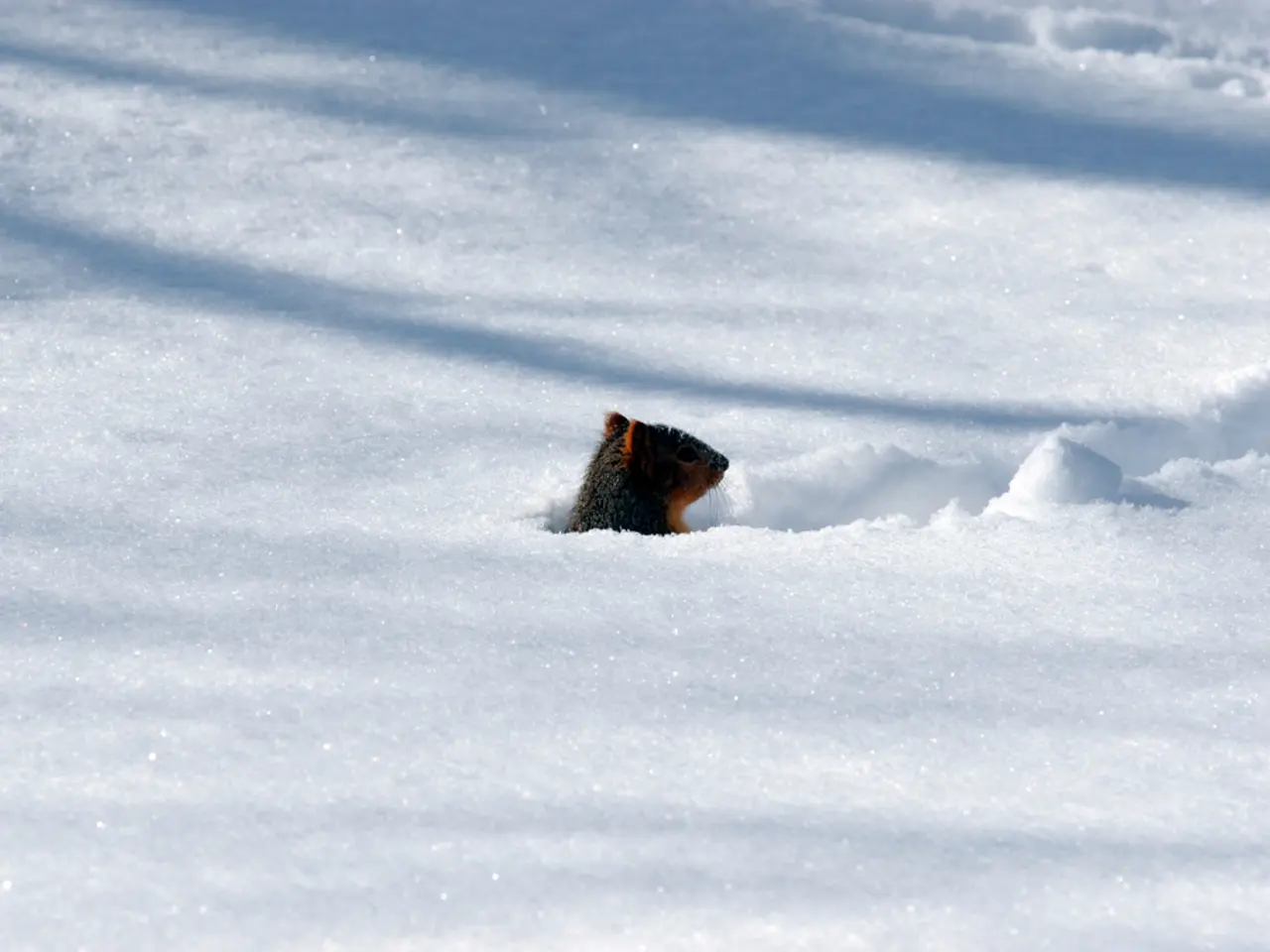Cold-Climate Exercise Guidance: Suggestions for Working Out in Freezing Temperatures
In the heart of winter, maintaining your fitness level is crucial for survival in freezing conditions. However, the cold weather comes with its own set of challenges that can lead to various injuries if not properly prepared. Here are some key points to consider when choosing cold weather fitness clothing and gear.
Choosing the Right Clothing and Gear
When venturing out in the cold, layering is key. Start with a moisture-wicking base layer, such as merino wool or synthetic blends, to keep your skin dry during sweat. Next, add an insulating mid-layer, like fleece or thicker synthetic fabrics, to trap body heat. For the outer layer, opt for windproof and water-resistant jackets and pants to block cold wind and repel moisture. Don't forget accessories like gloves, beanies, neck gaiters, thermal leggings, and insulated shoes to protect extremities and maintain heat.
Footwear is equally important. Opt for insulated and slip-resistant shoes suitable for snow and ice to maintain safety and warmth. For those engaged in remote or unpredictable outdoor activities, carrying additional protective gear like a light jacket or windproof pants can guard against sudden weather changes and the risk of hypothermia.
Warming Up Properly
A proper warm-up is critical for cold weather fitness activities. In cold weather, core warmth must always be maintained to prevent reduced blood flow to the extremities. Passive, pre-warm-up strategies can be used prior to exercise, such as spending five to 10 minutes in a warmer environment wearing warm clothes or consuming a warmer beverage like tea or coffee.
Warm-up activities should increase bodily tissue temperature, improve joint mobility and flexibility, prime the nervous system, and improve posture and alignment. The tall kneeling thoracic spine rotation with tip and the Spiderman with rotation are examples of warm-up activities that target the back, groin, hips, hamstrings, and more.
Staying Safe in Cold Weather
Physical activity in the cold can present several challenges. It's important to be adequately rested and fed before venturing outdoors for activity. In cold weather, it's best to aim for a general feeling of increased warmth during a warm-up, but avoid breaking out into an all-out sweat. Shivering, the involuntary shaking that comes in cold weather, is primarily driven by skin temperature. The longer you're exposed to a cold environment, the more muscle mass will be recruited, and it is fueled primarily by carbohydrates.
Remember, the lack of proper apparel, gear, and fitness can lead to numerous injuries in frigid weather, including chilblain, frostnip, frostbite, and trenchfoot. To avoid these injuries, always prioritize functional, weather-appropriate fabrics and a well-rounded warm-up routine.
This article originally appeared in Issue 6 of a magazine. Stay warm and stay active this winter!
- Incorporating science-backed strategies, such as layering with moisture-wicking base layers and insulating mid-layers, ensures health-and-wellness and fitness-and-exercise in cold weather.
- Maintaining a regular fitness routine during winter, while applying heat-preserving gear, can safeguard both physical health and wellness, invigorating overall wellbeing and guarding against injuries.




